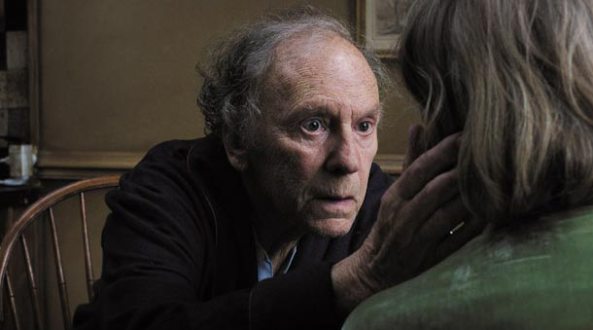I needed to find a way to write about the Oscars. I’m constantly seeing news and updates in everything I read and everyone I follow on Twitter, so I know what’s happening almost as soon as they do.
But I don’t live in New York or LA. I don’t have press access to early film screenings. I can’t do more than follow distributors on Facebook and Twitter to get the same updates the pros do.
I’m viewing all this second hand, from just off the red carpet.
But that doesn’t mean I can’t share everything I’ve heard, and that doesn’t mean I don’t have my own take on all that’s going on.
So what I’ve decided to do is start a weekly column where I round up all the Oscar news I’ve found relevant in the past week and share it with my own spin. It’s the least I can do.
Up Till Now
Since this is my first “Off the Red Carpet” column, I feel it’s necessary to catch everyone up on all that’s happened in the race so far.
“Amour” won the Palme D’Or at Cannes, making it only the second time a director has won with two consecutive films. Director Michael Haneke won with his previous film, “The White Ribbon,” back in 2008. That film was nominated for Best Foreign Language Film, but came home empty handed. This one on the other hand is a contender for Picture, Actor, Actress, Director, Foreign Film and possibly more. It’s the story of an elderly couple of music teachers who is torn apart when one of them suffers a stroke.
The Oscar nominations have been moved up to the early date of Thursday, January 10, 2013, meaning that the nominations are in fact before the Golden Globes. This could prove troublesome for movies being released late in the year, but it’ll keep buzzy movies in the conversation just when they need to be.
David O. Russell’s “Silver Linings Playbook” won the People’s Choice Prize at the Toronto International Film Festival, making it the new front-runner for Best Picture.
It’s pronounced “que-ven-zha-ne.” Get to know the name.
Seth McFarlane of “Family Guy” and “Ted” was selected as this year’s Oscar host. Yes yes yes, younger demo, he was good on SNL, Hollywood insider, blah de blah. Just please no racist “Beasts of the Southern Wild” jokes from a talking blender. Continue reading “Off the Red Carpet – Week of 10/3 – 10/10”



